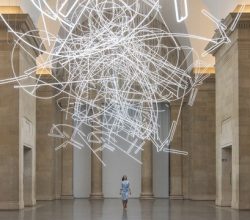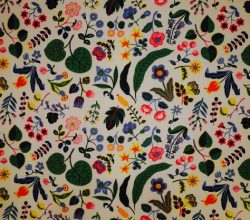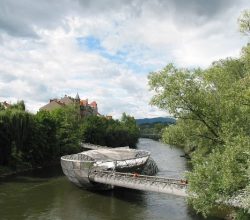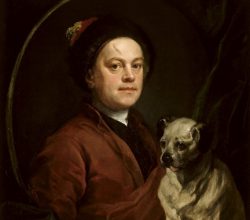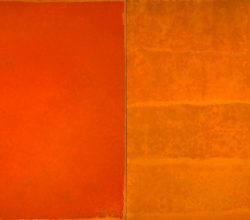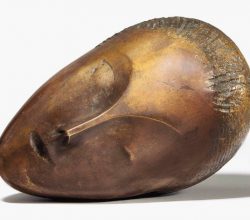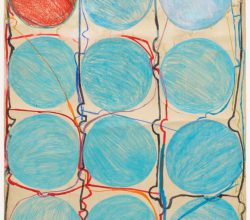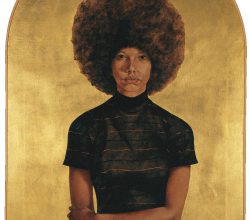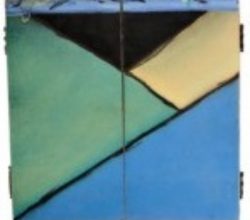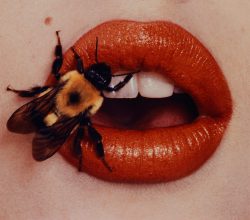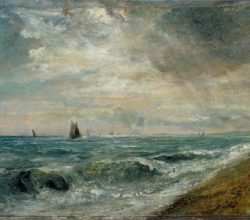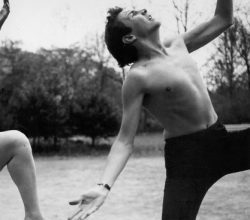
The Confidence Man of American Art
Jed Perl | The New York Review of Books | 11th April 2017
US critics are gearing up for the Rauschenberg retrospective, about to open in New York. Rauschenberg’s lofty reputation doesn’t stop this writer attacking both him and his work. Rauschenberg lacked discipline, was a “showman”, merely a “creative personality-at-large in the arts. Didn’t it ever occur to him that the search for perfection, however quixotic, is among the greatest adventures?” Phew!

